
Energy transition needs new grid strategies
Action-oriented, long-term grid construction plans are crucial for future supply needs.
Grid operators were told to scale holistically, which requires rethinking old practices and rolling out new strategies to meet energy transition demands.
According to an analysis by Kearney, one way is by optimising asset management. Operators should shift their focus from maximising grid availability and minimising operating costs to optimise overall grid performance.
Kearney noted two important aspects: the development of an action-oriented and long-term construction plan from target grid planning, which aligns with future supply needs; and the precise determination of the resources required for each construction measure.
“Without sufficient transparency and planning reliability in asset management, processes in later stages of the value chain remain inefficient and can only be improved in isolation. A highly integrated and efficient production process, such as those known from the manufacturing industry, requires comprehensive and transparent planning in asset management,” the report read.
Another strategy is having a central organisation for planning and steering of construction projects. This consolidates communication with suppliers and service providers and ensures the transparent allocation of resources.
Centralising elements of construction management allows for simplified communication and improved transparency for resource utilisation is improved.
Lastly, Kearney said grid operators will also need to come up with a long-term and committed procurement strategy to ensure resource availability.
“This necessitates transparency regarding long-term resource requirements and the capacities of the existing supplier and services provider portfolio,” it noted.
“Component quantities, kilometres of distribution lines, and other key figures must be recorded regionally and annually and compared to available capacities. This allows capacity gaps to be identified and procurement strategies can be refined accordingly,” it added.


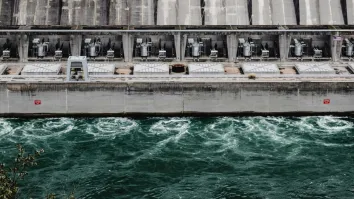


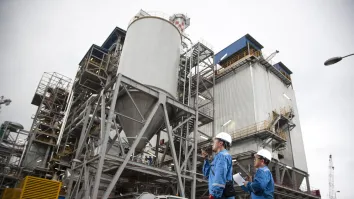


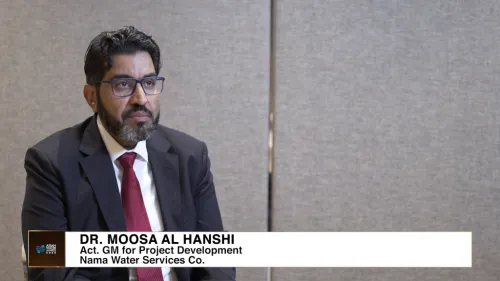

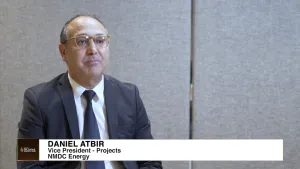


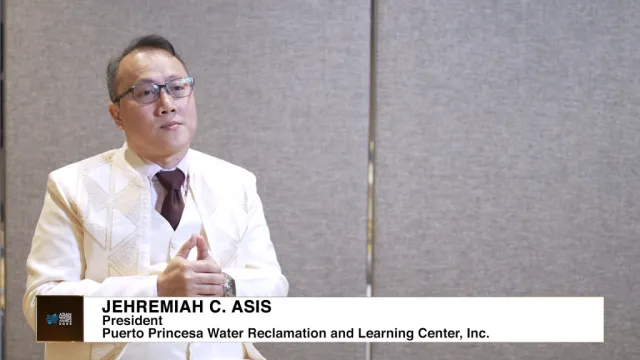
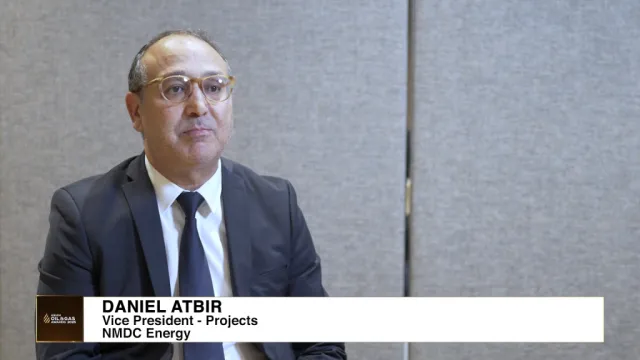
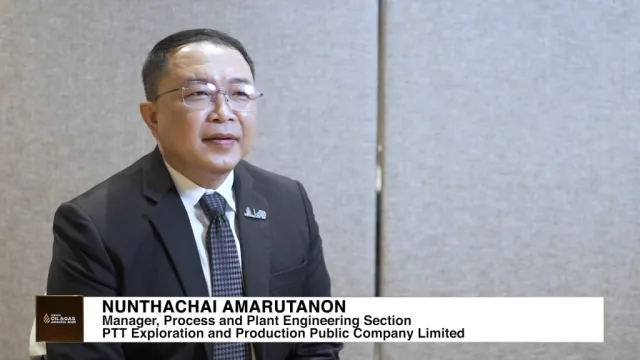

 Advertise
Advertise






